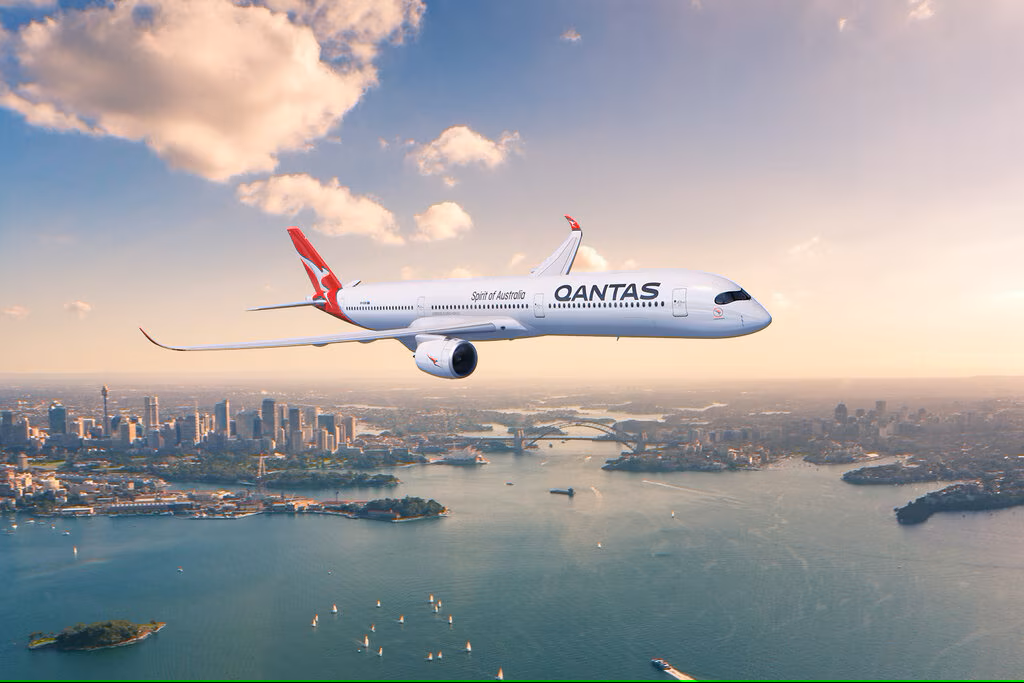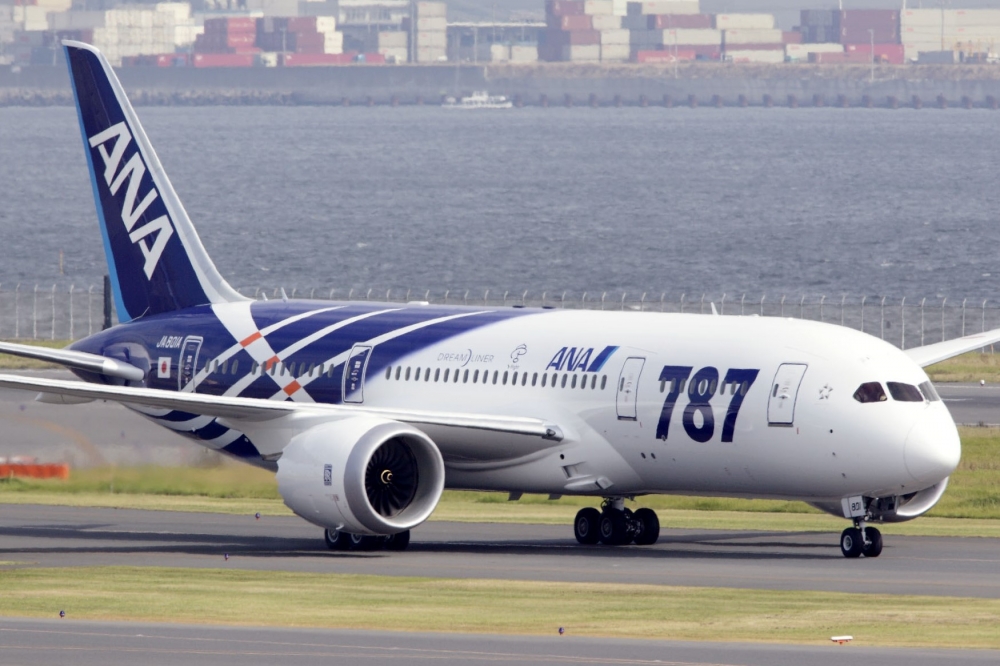Engine manufacturer Rolls Royce is working with All Nippon Airways to resolve an engine problem that has prompted the airline to cancel domestic flights so it can replace compressor blades on some of its Boeing 787 Dreamliners.
ANA, which recently took delivery of 50th 787 and is the world’s biggest operator of the technologically advanced aircraft, cancelled nine flights on Friday as a result of the problem.
The problem with the Trent 1000 engine relates to corrosion found on the blades and could result in at least 350 flight cancellations through to the end of September, according to the Nikkei Asian Report.
There were differing accounts of the cause of the corrosion with Nikkei citing ANA on insufficient anti-corrosion coating and a possible design flaw. Britain’s The Telegraph suggested the corrosion was related to the way the airline used the planes and the high number of landing and take-off cycles.
ANA told the Japanese business publication that Rolls had notified other airlines using the same engine type and that the manufacturer would develop and produce an improved part by the end of the year.
It said engine abnormalities found on ANA international flights in February and March had been traced to medium pressure turbine blades and the carrier had been conducting repairs.
It decided to fast- track repairs on 13 planes used for domestic services when a similar problem occurred Saturday on a flight from Tokyo to Miyazaki Prefecture.
The Trent 1000 is one of two engine types used on the 787 and both have had teething problems.
The rival General Electric-built GEnx was the subject of a US Federal Aviation Administration airworthiness directive earlier this year after icing caused problems on two Japan Airlines planes.
In one case, ice-shedding on a JAL 787-8 travelling between Vancouver, Canada, and Tokyo, Japan, resulted in a fan imbalance that caused substantial damage to the engine and meant the pilots were unable to restart it.
The FAA ordered updates to the flight manuals, an associated mandatory flight crew briefing and the re-working or replacement of at least one engine on Dreamliners with certain power plants.
























